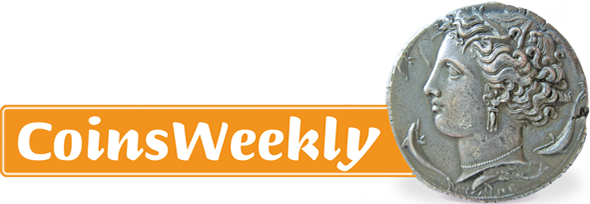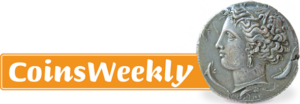Infotext and Social Links EN
We are the bridge connecting the international numismatic world. Our readers include collectors, professional coin dealers and researchers, as well as all those involved in coin production. We are read in 170 countries! We provide you with information on everything you want to know about the subject of money – from antiquity to the present day. And much more...
Follow us





Poets and their income: Hans Jakob Christoffel von Grimmelshausen
Beyond price – no, great art has never been beyond price. Quite the opposite actually – it had a clearly defined price. We will see just how high that price was, looking at the example of the German baroque poet Grimmelshausen. No one has left us with a more impressive account of the Thirty Years’ War.
The Hero of the Second War of American Independence
As part of its Berlin Auction 285, the auction house Künker offers a Congressional Gold Medal. This is no medal like any other, but the one President Madison handed personally to Alexander Macomb, the Hero of Plattsburgh. We are telling his story.
Coins of Lucilla ‘born to the purple’
Lucilla Augusta was very special at her time: not only was she the daughter of emperor Marcus Aurelius, but at the same time she was his co-emperor’s wife. Claire Franklin illustrates by Lucilla’s coin designs how she lived her role.
A mint for the Comstock Lode in Carson City / Nevada
Only for a few years the US Mint struck gold and silver coins at its branch in Carson City. Only 57 types of gold coins originated there. Auction house Gadoury is now able to offer an impressive number of these rarities in their forthcoming auction.
Bullion coins part 4: American Buffalo
The bullion coin “American Buffalo” is supposed to capture the beauty of the Wild West. In reality though, the models used for the images were anything but wild.
Bullion coins part 3: The American Eagle
This bullion coin of the United States, first released in 1986, can look back on a long tradition. Its obverse takes up an effigy that was designed by one of the greatest American artists.